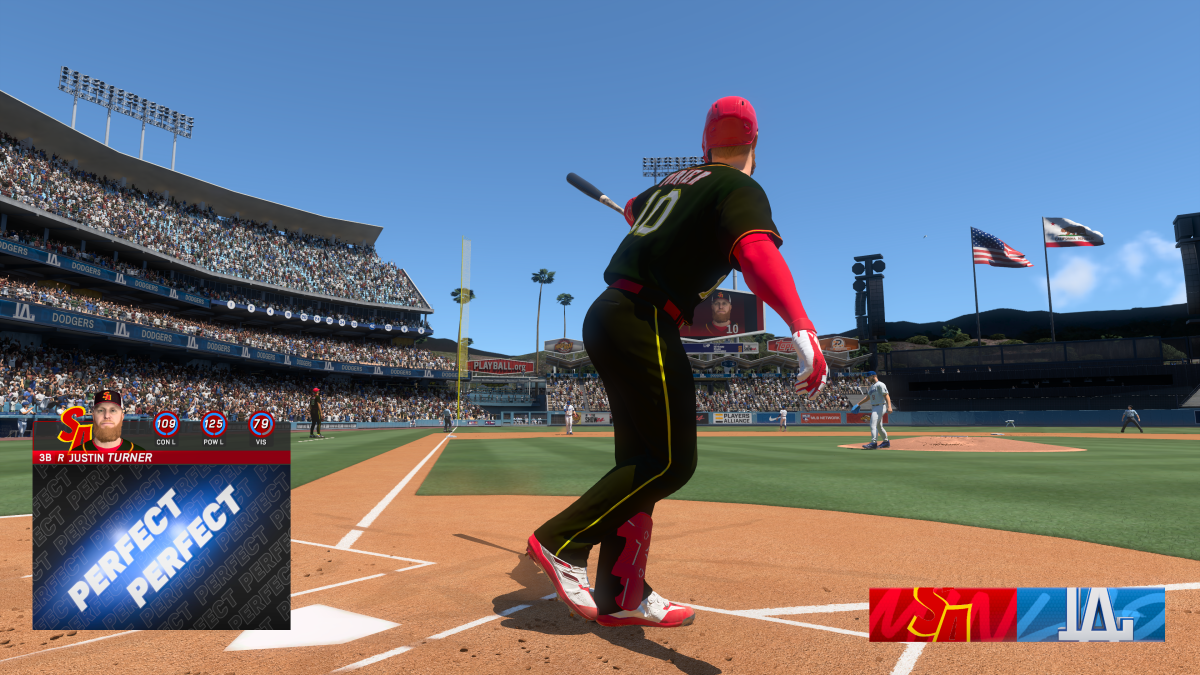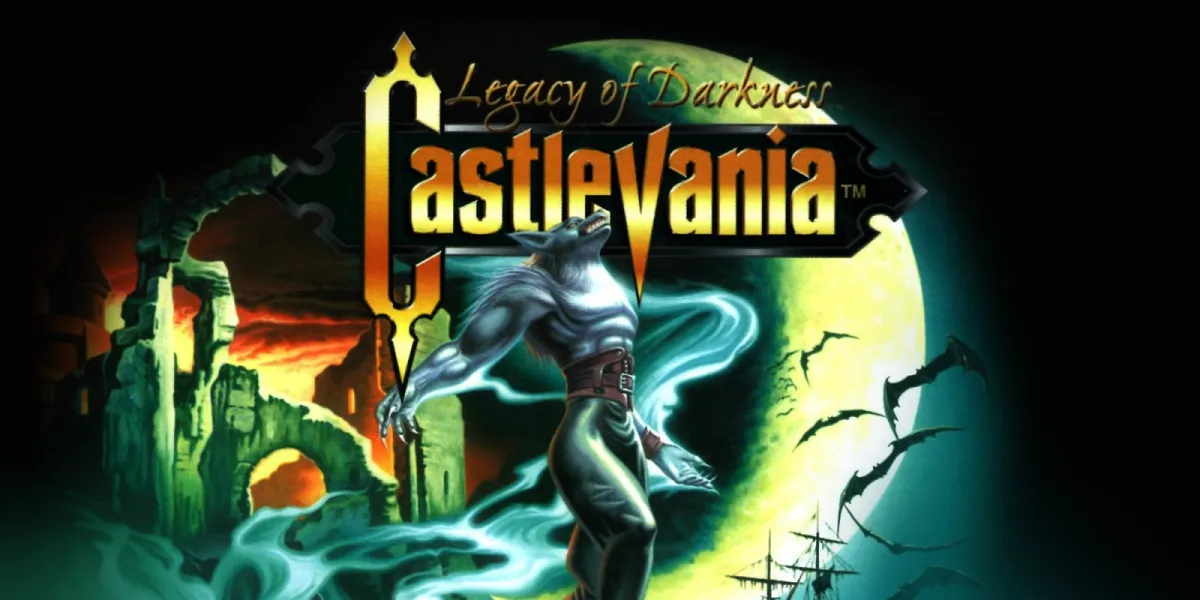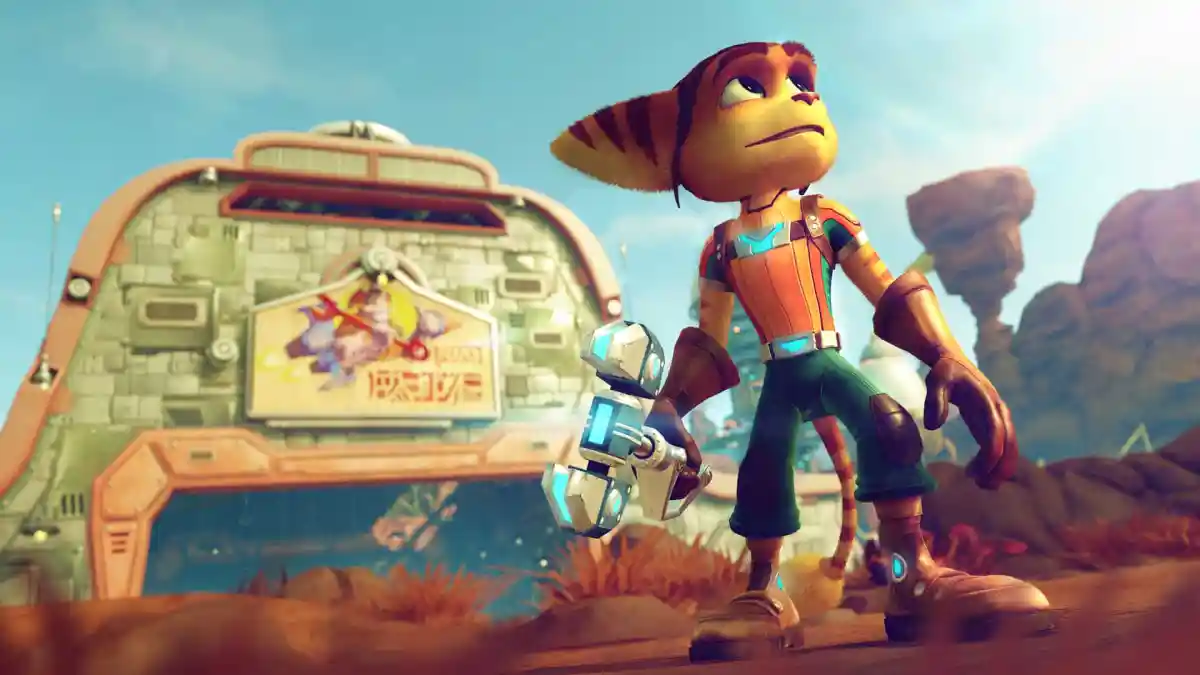“We named the protagonist Link because he connects people together.” – Shigeru Miyamoto
If you haven’t noticed, we’ve been celebrating the 30th anniversary of The Legend of Zelda this week. So far, we’ve given an overview of the past 30 years and ranked the top 10 games from the series. Over the course of 30 years, we’ve watched the story change, the setting change, and the mechanics change. But, while the series may be about the Legend of Zelda, every game was ultimately more about the Adventures of Link. While the hero himself has remained consistent (if you ignore that whole “they aren’t all the same person” thing, that is), he’s gone through some revolutionary changes himself. For 30 years, Link has been coming of age. He’s also grown up (and down), learned some new moves, and gained some extra bits. He is the link that connects the stories of The Legend of Zelda, and has become nearly as iconic as Nintendo’s beloved Mario. What kind of celebration would this be if we didn’t take the time to check out Link in all of his iterations? Luckily, we don’t have to answer that. With the exclusion of remakes, spin-offs, and repeats, here are your Links, 1986-2016.
1986 – The Legend of Zelda

Where it all began. Oh, the nostalgia. That little green blob child was as unlikely a hero as a plumber, but still managed to make people feel – feel adventure, feel excitement, feel heroic. We followed Link from above, with the overhead perspective adding to the overworld layout, making everything and anything feel obtainable.
1987 – The Adventure of Link

The next time we saw Link, the developers moved him in a different direction – literally. Gone was the top-down adventure, replaced with a side-scrolling perspective during times of action that made the game feel less…free. Link was taller, meant to be a 16 year old. It also had some RPG elements, but that wasn’t going to become a staple in the Zelda franchise.
1991 – A Link to the Past

For the 16-bit era, the appropriately named A Link to the Past returned to the classic top-down perspective and original formula that made The Legend of Zelda so successful. Link looked great on the new system, starring in an epic tale that introduced two different realms, the beloved Ocarina, the Hookshot, and, of course, the Master Sword. All of these items would become recurring features in the franchise moving forward. Most importantly, this was a new, expressive Link, an improvement on the stoic-faced lad we’d come to know. Link could run, swim, and bob around Hyrule with his neat pink hair.
1993 – Link’s Awakening

Link’s Awakening changed everything. Seriously, everything. It was the first portable game, jumping backwards technologically after the success of A Link to the Past. Bye bye color – when Link’s Awakening hit, he went black and white. There was no Hyrule, No Triforce, No Zelda. Somehow, though, it worked. Link was suddenly a natural musician, picking up the ability to play, like, every instrument. In addition, the personality he’d been given in A Link to the Past transitioned with him. The game also introduced something that would be featured in other games moving forward – fishing. Oh, and he jumped.
1998 – Ocarina of Time

Ocarina of Time brought Link into the third dimension, and it was a massive leap – 3D was still new and people wanted the excitement that brought to the table, but also something that still felt like a Zelda game. And Ocarina – boy, did it make people feel. You grow with Link through the game, playing as both a child and adult version of the young hero. Link’s fighting skills were completely overhauled with the implementation of Z-targeting.
2000 – Majora’s Mask

He’s had a million faces, and he’s rocked them all. Following up Ocarina of Time was going to be a significant challenge. Instead of playing it safe, the entire Zelda formula was shaken up. Link still had the same appearance that he had as a child in Ocarina, but his look shifted radically throughout the course of the game. Deku shrub, Zora, Goron, and, most importantly, Fierce Deity. FIERCE DEITY. I used a picture of Link as a Deku scrub simply because we spent more time with him in that form. But holy cow… Fierce Deity Link really should come back for another main series game.
2001 – Oracle of Seasons/Oracle of Ages

A Link to the Past introduced two different realms. Ocarina of Time introduced two different timelines. And the Oracle pair introduced two different concepts that served to contribute to a single, interconnected story. Link spends his time manipulating either time or the weather, completing dungeons, and kicking butt. While they may be different games, they were always meant to be together. Link looked a lot like he appeared in Link’s Awakening, except newer. And shinier.
2002 – Four Swords

The re-release of A Link to the Past came with an included multiplayer option – Four Swords. While not a full game on its own, one day it would be. This made use of the Link Cable, and encouraged two to four players to work together to solve unique puzzles. Link wasn’t going alone anymore – there were four Links!
2002 – The Wind Waker

Wind Waker‘s release brought a radical visual shift to Hyrule’s Hero, this time reimagined as “Toon Link,” a cel-shaded bright and cartoony hero that matched the world he was popped into. Link was more expressive than he’d ever been before, with constantly changing expressions that were often silly, pensive and even impatient. Toon Link was speedier and made some fun friends. This depiction of Link would return post-The Wind Waker, in The Phantom Hourglass and Spirit Tracks.
2004 – Four Swords Adventures

The first Four Swords was included with the Game Boy Advance release of A Link to the Past, marking the first multiplayer component of a Zelda Game. In 2004, that was expanded. Link splits into four different bodies, with his iconic green tunic accompanied by red, blue, and purple dressed Links. This led to some truly unique puzzles that required – shocker – multiple people.
2004 – The Minish Cap

The Minish Cap is the smallest Link. No, really, he shrinks. This takes him on a massive adventure into a pint-sized land. It was a good looking game, and it gave some serious personality to Link’s standard attire.
2006 – Twilight Princess

Link as Link was stunning from a design perspective in Twilight Princess. He was dark and mature. But the real star of the game was wolf Link. The game took the shapeshifting from Majora’s Mask and made it even cooler, with Link assuming his canine throughout the course of the game. He also made friends with one of the coolest, and coolest looking, characters from any of the Zelda titles, Midna.
2011 – Skyward Sword

Toon Link returned for Phantom Hourglass and Spirit Tracks, but Link grew up once more in Skyward Sword. This time, however, Link’s look would include lighter primary colors and baggier pants. Controlling him changed a lot as well. This game fully utilized the Wii’s motion controller, with you swooshing and slicing through enemies. Link had a lot of character and personality in this one, too. Link also came equipped with a stamina meter, but the most interesting thing he equipped was the Beetle, one of the coolest items in the franchise.
2013 – A Link Between Worlds

Link was a work of art in A Link Between Worlds. Seriously. In A Link Between Worlds, Link was given the ability to turn into a two dimensional painting. This helped him sneak, and of course there were some special puzzles that utilized this new feature.
2015 – Tri Force Heroes

Tri Force Heroes was another collaborative game. But the biggest changes were for Link – he was incredibly stylish, able to be decked out in anything you could imagine. Princess Link? You bet! Minecraft Link? Affirmative. Tingle Link? Unfortunately….
2016 – The Legend of Zelda ?

The next big thing is one big mystery. We know it’s an open world. We know it’s going to be super pretty. And we know it’s already been delayed. But whatever else it is, it will probably be one hell of a journey.
Want more The Legend of Zelda? Take a look back at the past thirty years with The Hero That Went Alone – Celebrating 30 Years of Link, and check out our choice of the Top 10 The Legend of Zelda games. Disagree with our ranking? Head over to our poll and cast your vote – and tune in all this week for more coverage.



